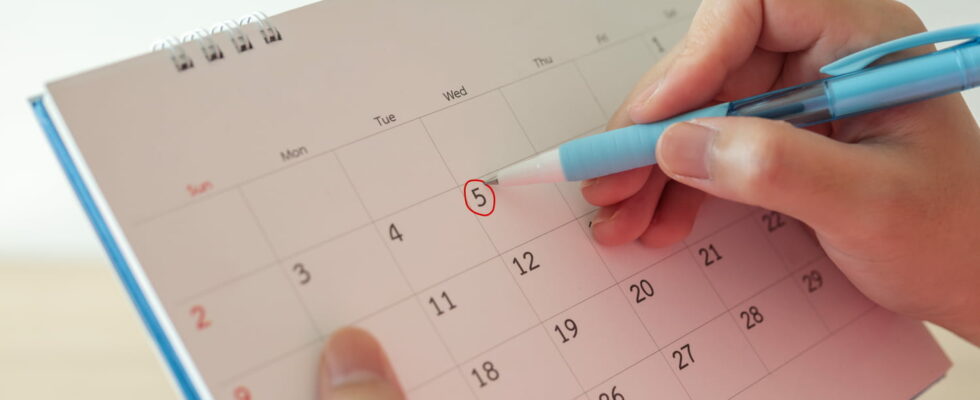If you regularly use Excel to manage schedules or calendars, this clever formula should save you time every year. Especially since it works in all spreadsheets.
Spreadsheets like Excel are particularly practical tools for managing schedules or creating personalized calendars. The conditional formatting functions make it possible to automatically highlight certain ranges or periods, such as weekends, holidays, school holidays, and of course public holidays.
While most are fixed and do not pose a problem, such as Christmas, New Year’s Day or Labor Day, one of them is a little trickier, because not only does its exact date change each year, but in addition the method to calculate it is quite complex. As you may have guessed, this very special day is Easter, a central religious festival among Christians.
Easter Day is so important that several other dates are calculated from it, such as Ascension Day or Pentecost. The problem is that the date of Easter is difficult to find based on its official definition alone: “Easter is the Sunday following the 14th day of the Moon which reaches that age on or immediately after March 21.”
Over the centuries, many people have looked into the matter to find procedural methods to determine the date of Easter every time, in any year. The most recent and the one that has gained consensus today is the Butcher-Meeus methodwhich consists of around ten successive logical and arithmetic steps.
Fortunately, it is not necessary to carry out all of these operations manually, as computer tools such as spreadsheets are perfectly suited to this type of task. The Butcher-Meeus method has also been the subject of several implementations in the form of formulas that are more compact than the complete algorithm, and very easy to write in Excel for example.
So, to calculate the date of Easter for any year, simply write =FLOOR(DAY(MINUTE([ANNEE]/38)/2+56)&”/5/”&[ANNEE];7)-34 in a cell of the spreadsheet, by simply replacing the two [ANNEE] by the number of the year chosen precisely. You can enter the year number directly into the formula, or reference another cell that contains it.
For example, if the year is in cell B1as in the screenshot above, then the formula =FLOOR(DAY(MINUTE(B1/38)/2+56)&”/5/”&B1;7)-34 gives the date of Easter for the value written in B1and automatically updates each time the year number is changed.
And to automatically calculate the date of other religious festivals linked to Easter, simply start from the result of the formula by adding the correct number of days: +1 for Easter Monday, +39 for Ascension, +49 for Pentecost and +50 for Pentecost Monday. Note that if Ascension is indeed the 40th day after Easter, you must only add 39, so that the calculation is correct in Excel.
Finally, this formula is perfectly universal, and you can use it as it is in any other spreadsheet, such as Google Sheets, LibreOffice Calc or OnlyOffice Spreadsheets. By intelligently inserting it into your spreadsheets, you will automate the updating of your schedules and calendars, and will no longer need to enter the Easter date manually after looking for it on the Internet!
